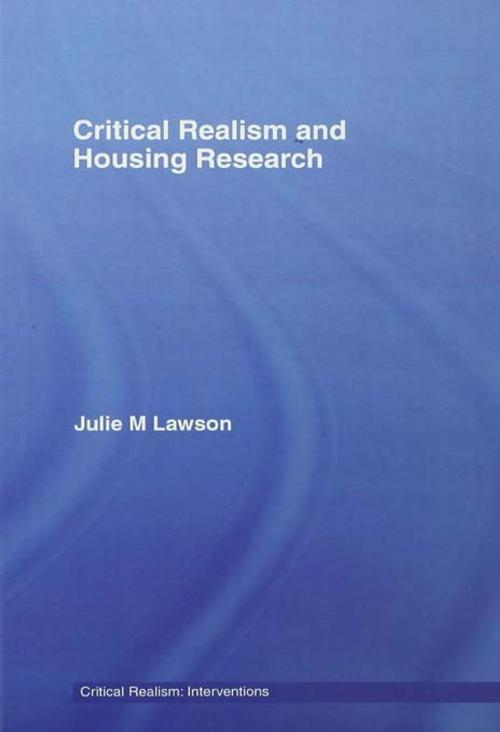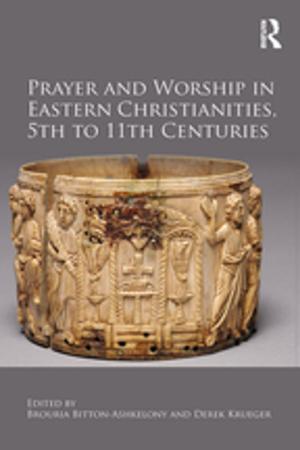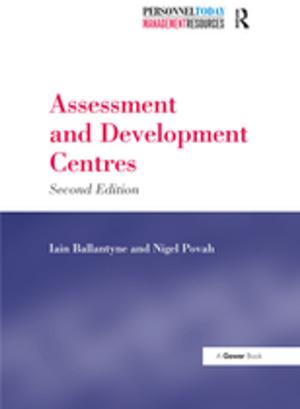Critical Realism and Housing Research
Nonfiction, Social & Cultural Studies, Social Science, Sociology| Author: | Julie Lawson | ISBN: | 9781134706655 |
| Publisher: | Taylor and Francis | Publication: | January 11, 2013 |
| Imprint: | Routledge | Language: | English |
| Author: | Julie Lawson |
| ISBN: | 9781134706655 |
| Publisher: | Taylor and Francis |
| Publication: | January 11, 2013 |
| Imprint: | Routledge |
| Language: | English |
Since the nineteenth century various housing solutions have evolved, such as sprawling Australian home ownership and compact Dutch social rental housing. This phenomenon cannot be adequately explained with simple descriptions of key events, politics and housing outcomes. Critical Realism and Housing Studies pushes debate forward, arguing that a new ontological perspective is required to address fundamental issues in housing and comparative research.
This book is clearly organized into three parts which:
- evaluate ontological and methodological alternatives for comparative housing research
- provide two historical case studies inspired by critical realist ontology
- compare the causal tendencies that explain diverging housing pathways in Australia and the Netherlands.
Lawson proposes that we turn to critical realism for the solution. From this perspective the causal tendencies of complex, open and structured housing phenomena are highlighted. With this insight we are able to extract the key social arrangements which promote different housing solutions from the historical case studies. Social arrangements which are found to influence alternative pathways in housing history concern the property rights, circuit of savings and investment, as well as labour and welfare relations. As they develop differently over time and space they affect where, when and how housing solutions develop.
Since the nineteenth century various housing solutions have evolved, such as sprawling Australian home ownership and compact Dutch social rental housing. This phenomenon cannot be adequately explained with simple descriptions of key events, politics and housing outcomes. Critical Realism and Housing Studies pushes debate forward, arguing that a new ontological perspective is required to address fundamental issues in housing and comparative research.
This book is clearly organized into three parts which:
- evaluate ontological and methodological alternatives for comparative housing research
- provide two historical case studies inspired by critical realist ontology
- compare the causal tendencies that explain diverging housing pathways in Australia and the Netherlands.
Lawson proposes that we turn to critical realism for the solution. From this perspective the causal tendencies of complex, open and structured housing phenomena are highlighted. With this insight we are able to extract the key social arrangements which promote different housing solutions from the historical case studies. Social arrangements which are found to influence alternative pathways in housing history concern the property rights, circuit of savings and investment, as well as labour and welfare relations. As they develop differently over time and space they affect where, when and how housing solutions develop.















